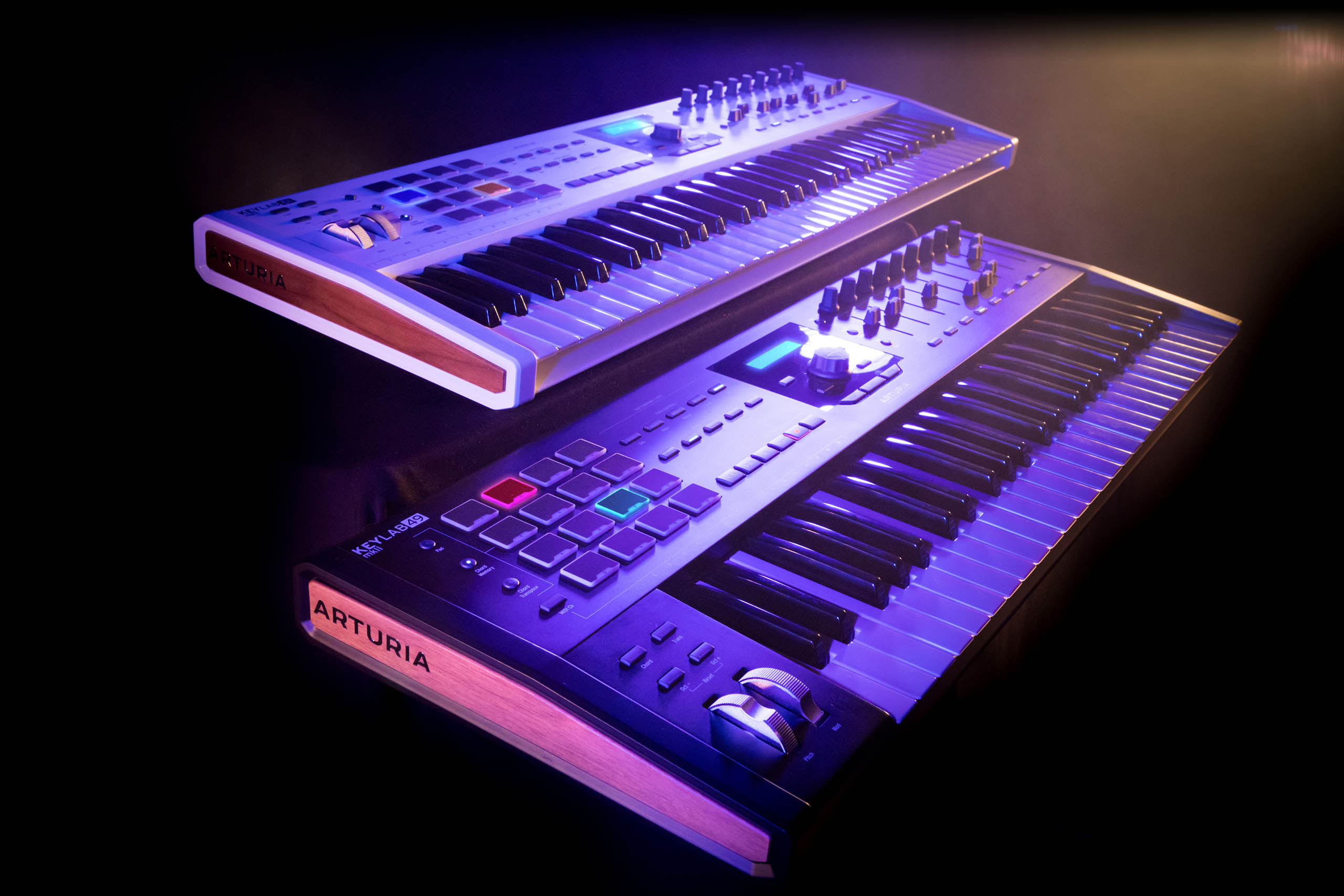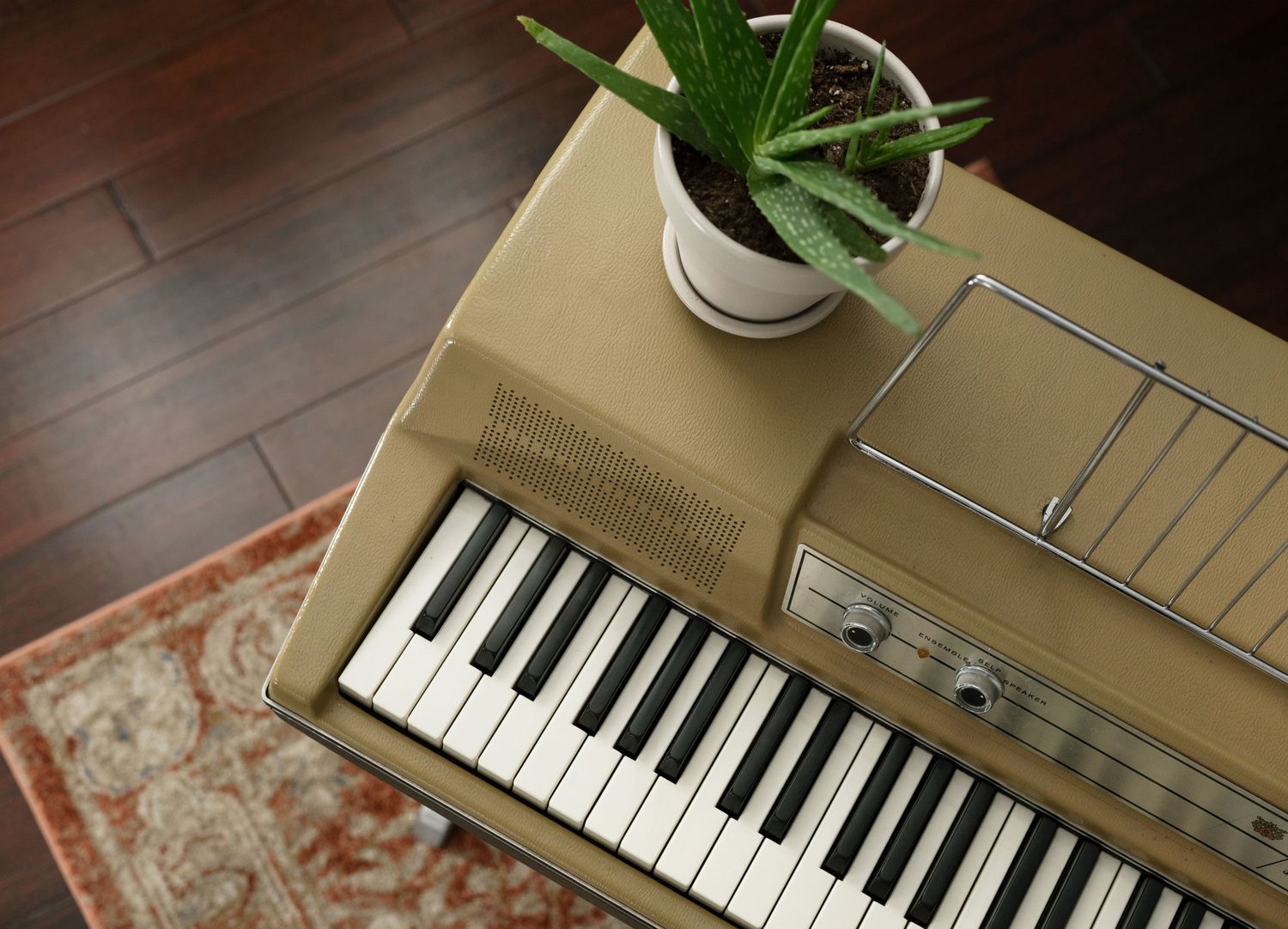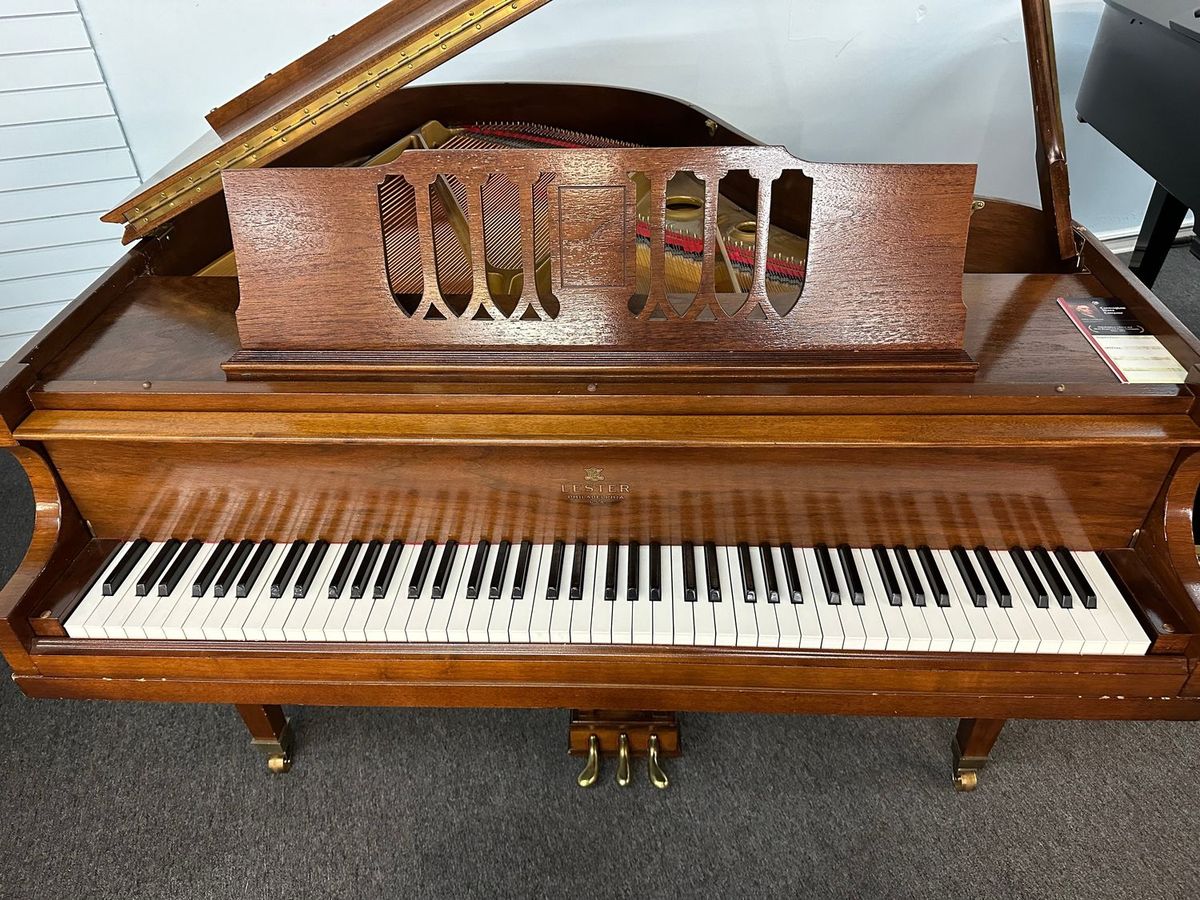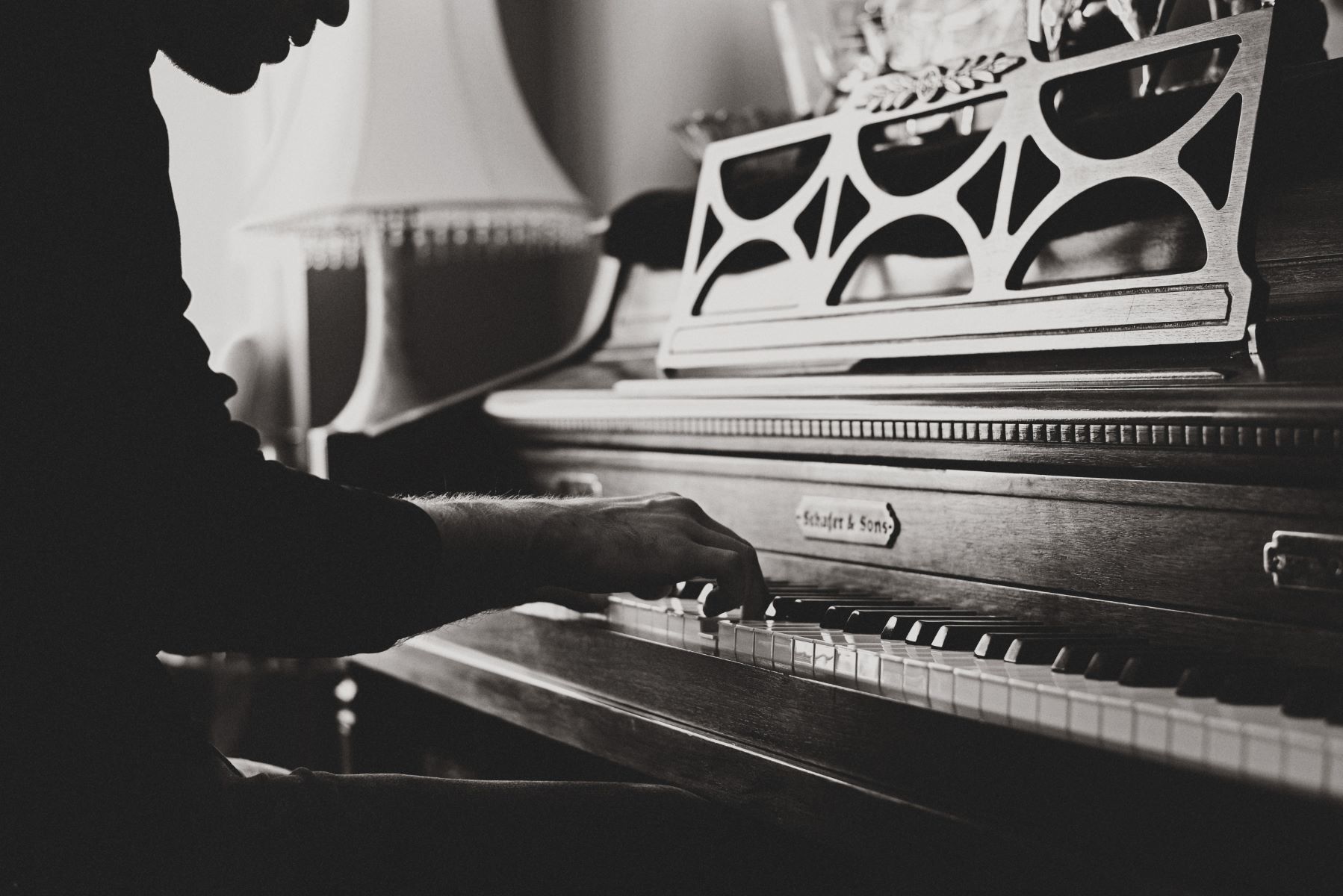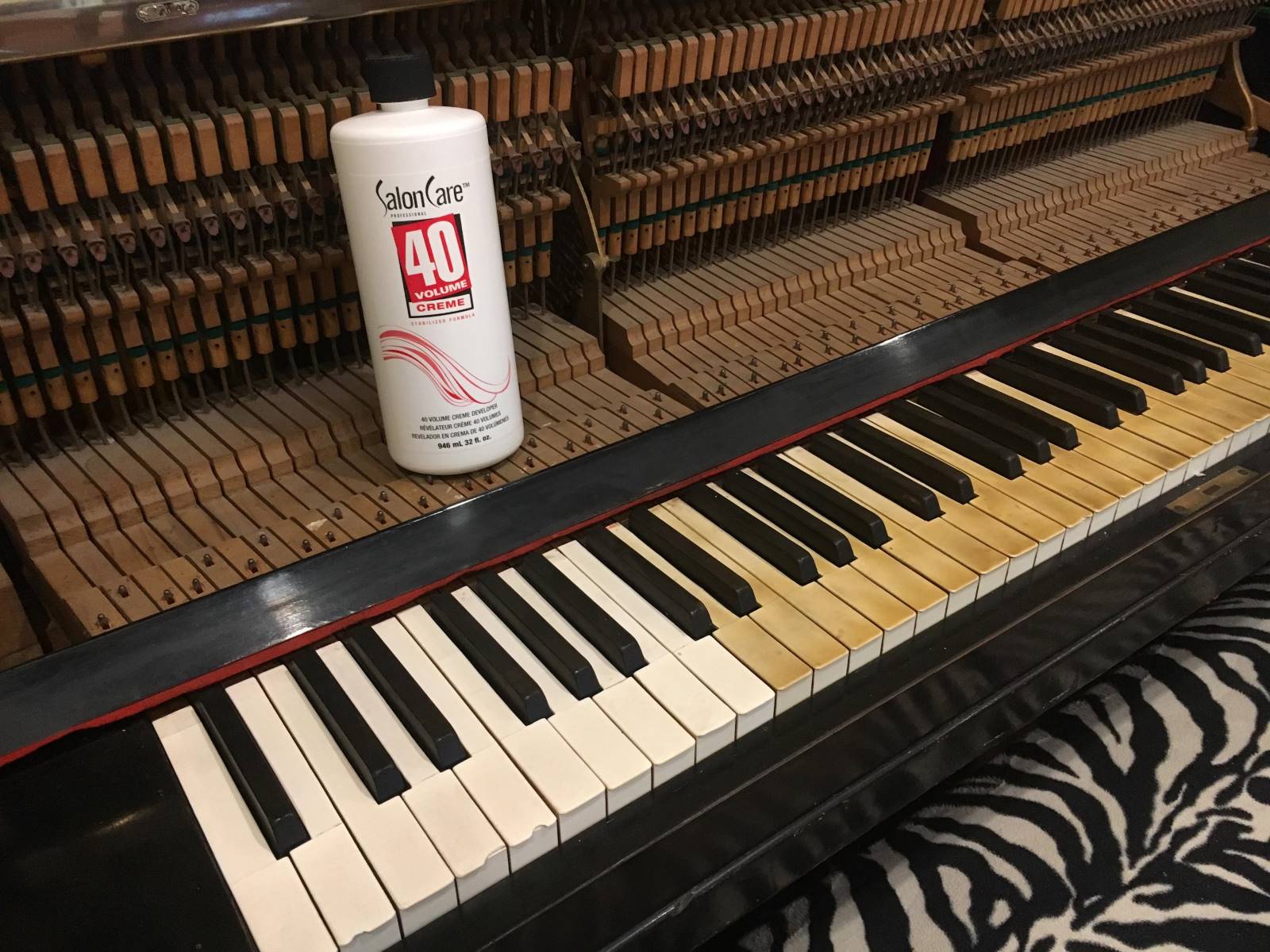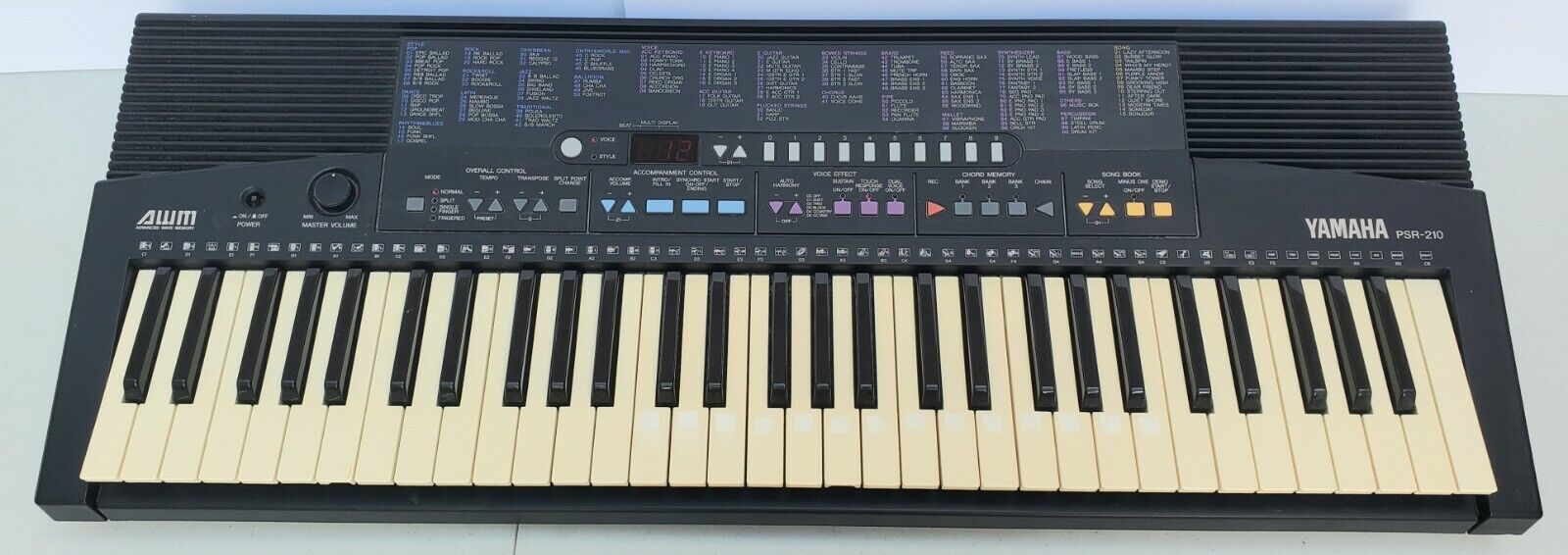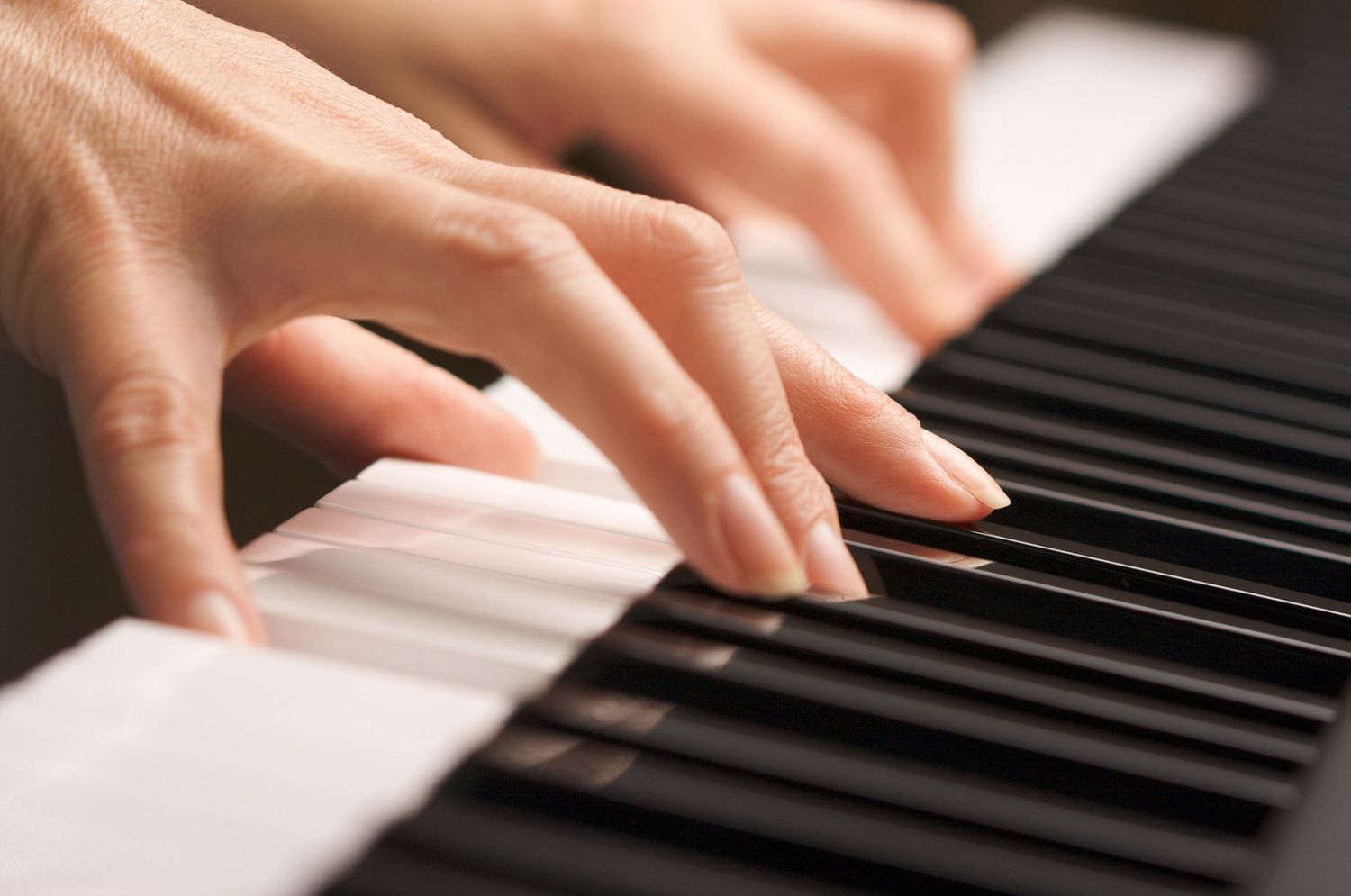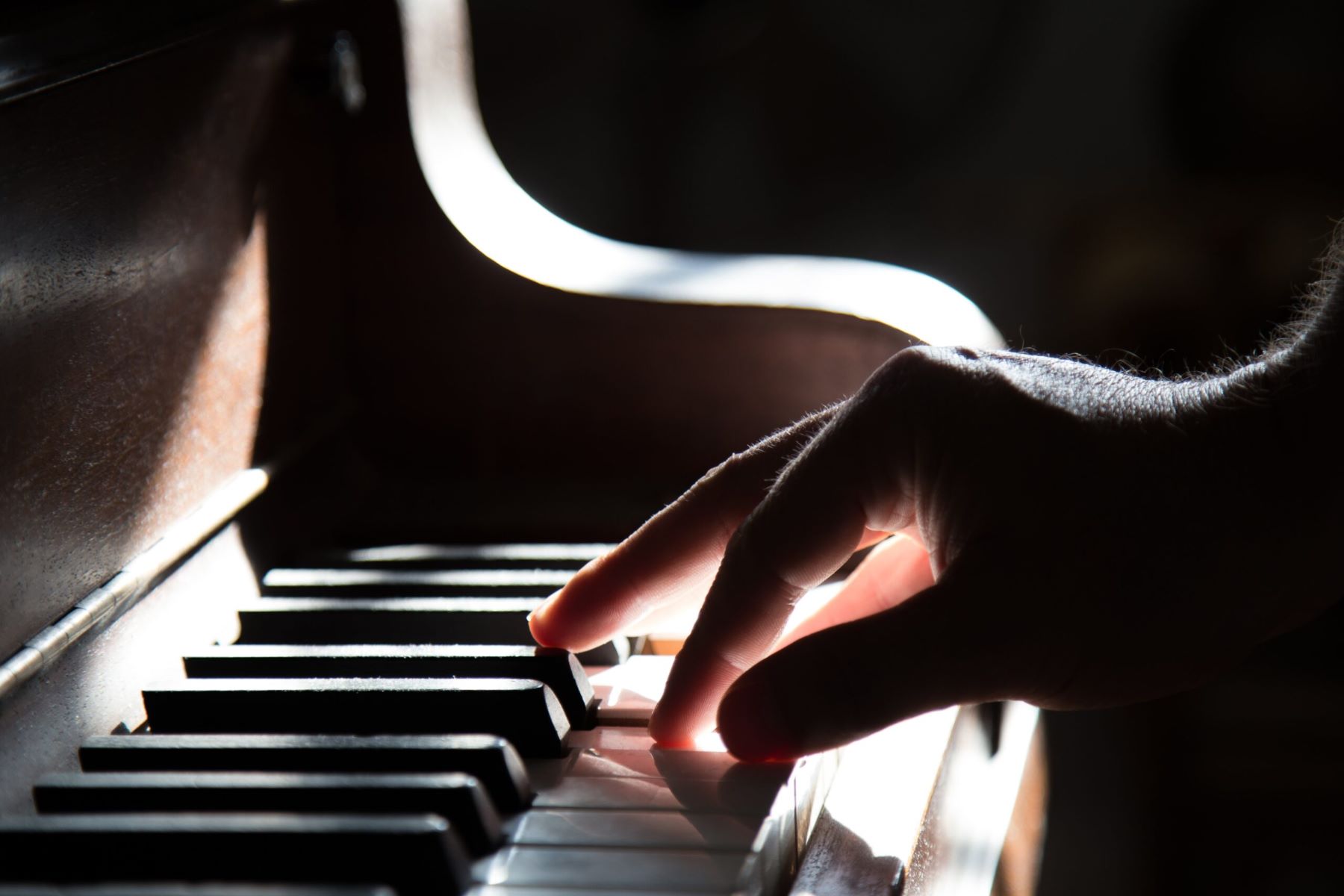Home>Instruments>Piano>How Many Keys Are On A Grand Piano
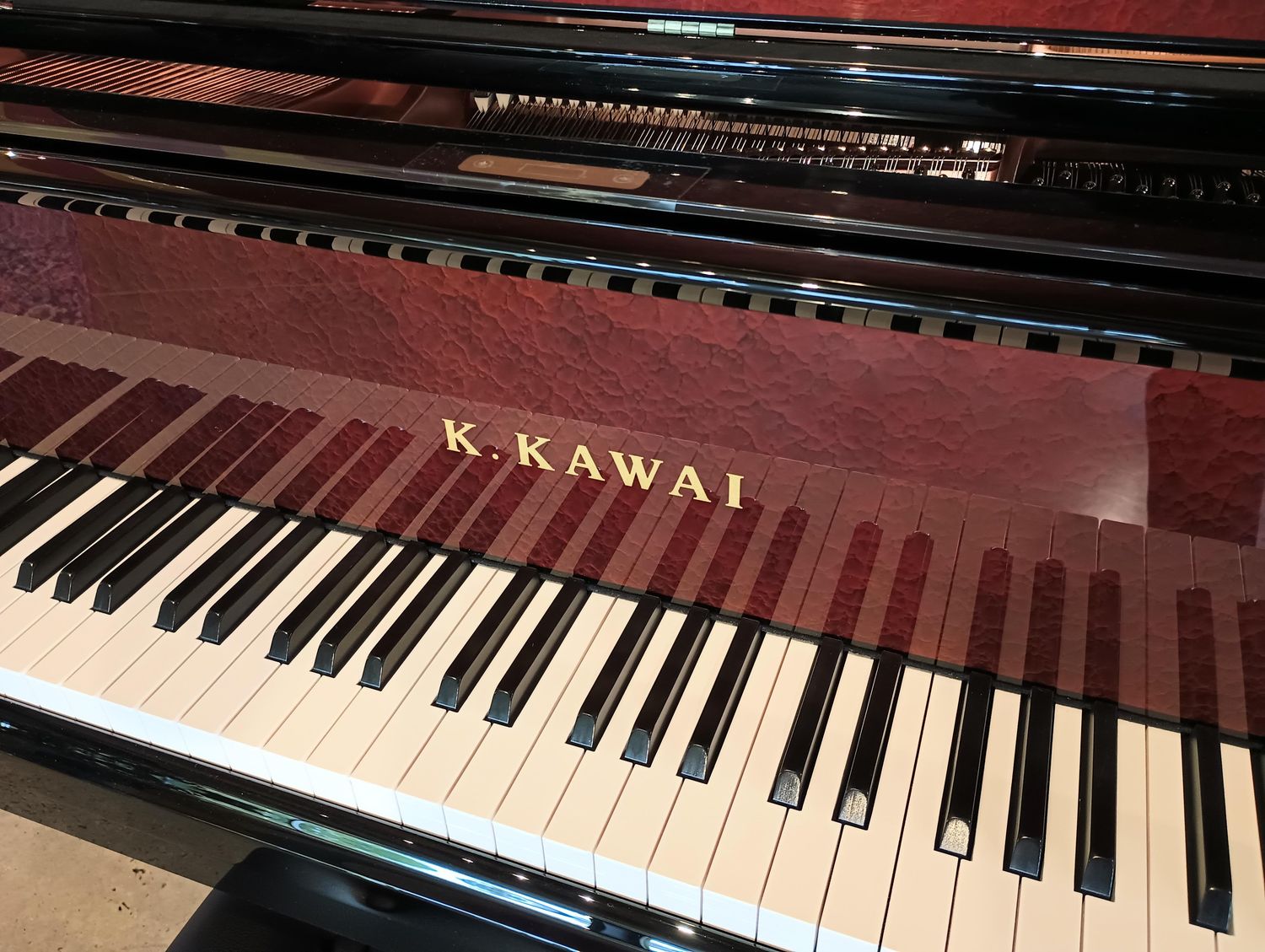

Piano
How Many Keys Are On A Grand Piano
Published: February 9, 2024
Discover the intricate design of a grand piano and learn about the number of keys it features. Explore the anatomy of a piano and its keyboard layout. Gain insights into the construction and functionality of this iconic musical instrument.
(Many of the links in this article redirect to a specific reviewed product. Your purchase of these products through affiliate links helps to generate commission for AudioLover.com, at no extra cost. Learn more)
Table of Contents
**
An Introduction to the Grand Piano
**
When it comes to musical instruments, the grand piano stands as an emblem of timeless elegance and unparalleled musicality. Its commanding presence and rich, resonant tones have captivated audiences and musicians for centuries. The grand piano is a marvel of craftsmanship and engineering, with a history that dates back to the early 18th century. Its iconic design and impressive sound have made it a staple in concert halls, recording studios, and the homes of passionate musicians.
Beyond its musical significance, the grand piano is a work of art in its own right, often revered for its exquisite craftsmanship and aesthetic appeal. From the gleaming polished wood to the gleaming array of keys, every aspect of the grand piano exudes a sense of grandeur and sophistication.
In this article, we will delve into the intricacies of the grand piano, exploring its anatomy, the number of keys it possesses, and the importance of this feature in shaping the instrument’s expressive capabilities. Whether you’re a seasoned pianist, an aspiring musician, or simply an admirer of musical craftsmanship, this exploration of the grand piano is sure to deepen your appreciation for this timeless instrument.
Anatomy of a Grand Piano
Before we delve into the specifics of the grand piano’s keyboard, it’s essential to grasp the instrument’s overall anatomy. The grand piano is a marvel of precision engineering and artistic craftsmanship, comprising a multitude of components that work in harmony to produce its iconic sound.
At the heart of the grand piano lies the soundboard, a large, resonant wooden panel that amplifies the vibrations of the strings to produce the instrument’s rich, full-bodied sound. Positioned above the soundboard are the strings, which are meticulously tensioned and precisely calibrated to produce a wide range of musical tones.
Mounted on a cast-iron frame, the strings are connected to the keyboard via a complex system of levers and hammers. When a key is depressed, the corresponding hammer strikes the strings, setting them into motion and producing the desired pitch. This intricate mechanism is a testament to the ingenuity of piano craftsmanship, allowing for unparalleled control and expression in musical performance.
The keyboard itself is a masterpiece of ergonomic design, with each key carefully weighted and balanced to provide a responsive and dynamic playing experience. The keys are crafted from premium materials, offering a smooth and tactile surface for the pianist to engage with. As the pianist’s fingers glide across the keys, they exert precise control over the instrument’s expressive capabilities, shaping each note with nuance and emotion.
Surrounding the keyboard is the piano’s elegant cabinet, which is often adorned with ornate details and polished to a lustrous sheen. The graceful curves and refined finishes of the cabinet contribute to the grand piano’s visual allure, making it a captivating centerpiece in any performance space or home environment.
Understanding the intricate interplay of these components provides a deeper appreciation for the grand piano as a masterful fusion of art and engineering. From the resonant soundboard to the meticulously crafted keys, every element of the grand piano contributes to its status as a paragon of musical excellence.
The Number of Keys on a Grand Piano
One of the defining features of a grand piano is its expansive keyboard, which offers a broad range of musical expression. A standard grand piano keyboard consists of 88 keys, comprising both white and black keys that span seven octaves plus a minor third. This configuration provides a pianist with a vast sonic palette, allowing for the rendition of intricate classical compositions, expressive jazz improvisations, and a myriad of musical styles in between.
The 88 keys are divided into groupings of 52 white keys and 36 black keys. The white keys represent the natural notes of the musical alphabet, encompassing the familiar notes from A to G. In contrast, the black keys, known as sharps and flats, provide the intermediate pitches that enrich the harmonic possibilities of the instrument.
Each octave contains seven white keys and five black keys, with the pattern repeating across the keyboard. This arrangement facilitates seamless transitions between octaves, enabling pianists to navigate the full range of musical registers with precision and fluidity.
While the standard grand piano features 88 keys, there are variations in size among grand pianos that may impact the number of keys. Concert grand pianos, renowned for their commanding presence and exceptional resonance, typically adhere to the 88-key standard. However, smaller grand pianos, such as baby grands and parlor grands, may have a reduced number of keys to accommodate their more compact dimensions while still offering a rich musical range.
The 88-key layout of a grand piano has become the universally accepted standard, providing pianists with a comprehensive range of notes to interpret a diverse repertoire of musical compositions. This expansive keyboard is a testament to the grand piano’s versatility, enabling musicians to explore the depths of musical expression and unlock the full potential of the instrument.
The Importance of the Number of Keys
The number of keys on a grand piano holds profound significance in shaping the instrument’s expressive capabilities and accommodating a diverse range of musical compositions. The 88-key configuration of a standard grand piano is pivotal in enabling pianists to traverse the expanse of musical registers and execute compositions with precision and nuance.
One of the primary advantages of the 88-key layout is its capacity to encompass a wide spectrum of musical genres and styles. From the intricate polyphony of classical compositions to the vibrant improvisations of jazz and the emotive melodies of contemporary music, the expansive keyboard of a grand piano provides pianists with the versatility to interpret an extensive repertoire with authenticity and depth.
Furthermore, the 88 keys facilitate the rendition of compositions that demand a broad range of pitches and dynamic contrasts. Whether navigating thunderous bass passages, soaring treble melodies, or cascading arpeggios, pianists can harness the full extent of the instrument’s tonal range to convey the intricacies of the music with finesse and authority.
Additionally, the 88 keys contribute to the development of a pianist’s technical proficiency and interpretive skills. The comprehensive keyboard empowers musicians to explore complex harmonic progressions, execute challenging melodic motifs, and cultivate a nuanced understanding of musical phrasing and expression. This expansive canvas for musical exploration fosters artistic growth and emboldens pianists to push the boundaries of their creative prowess.
Moreover, the 88-key layout of a grand piano aligns with the standardization of musical notation and composition, allowing pianists to faithfully interpret scores as intended by composers. By encompassing the full range of notes specified in musical manuscripts, the grand piano’s keyboard ensures that performers can honor the integrity of the original compositions and convey their essence with authenticity.
Ultimately, the number of keys on a grand piano is not merely a technical specification but a fundamental attribute that underpins the instrument’s capacity for musical expression and artistic exploration. The 88 keys serve as a gateway to boundless creativity, empowering pianists to imbue their performances with depth, emotion, and virtuosity, thereby perpetuating the grand piano’s legacy as a paragon of musical excellence.
Conclusion
The grand piano, with its majestic presence and unparalleled musicality, stands as a testament to the enduring legacy of classical craftsmanship and artistic expression. From the resounding resonance of its soundboard to the meticulously crafted keys that adorn its expansive keyboard, the grand piano embodies the pinnacle of musical excellence.
Throughout this exploration of the grand piano, we have delved into its intricate anatomy, celebrated the significance of its 88-key configuration, and elucidated the profound impact of this instrument on the world of music. The grand piano’s enduring allure lies not only in its aesthetic grandeur but also in its capacity to inspire and captivate musicians and audiences alike.
As we reflect on the importance of the number of keys on a grand piano, we recognize that the 88-key layout serves as a cornerstone of the instrument’s versatility, enabling pianists to traverse a vast sonic landscape and interpret a diverse array of musical compositions with authenticity and depth. This expansive keyboard empowers musicians to explore the boundless realms of musical expression, fostering a deep connection between performer, instrument, and audience.
Whether in the hallowed halls of concert venues, the intimate settings of home studios, or the grandeur of recording spaces, the grand piano continues to evoke a sense of reverence and admiration. Its enduring presence in the world of music reaffirms its status as a timeless icon, perpetuating a tradition of artistic excellence and cultural enrichment.
As we conclude this exploration, let us celebrate the grand piano as more than a musical instrument; it is a symbol of creativity, passion, and the enduring pursuit of sonic perfection. Its 88 keys resonate with the echoes of centuries past and the promise of musical innovation yet to come, ensuring that the grand piano will remain an indelible cornerstone of musical expression for generations to come.

